Attending the workshop were managers, scientists , and experts in the fields of archaeology and cultural heritage from Vietnam, China, Japan, Singapore, etc.
The workshop focused on clarifying a number of issues: Research on decoding the architectural morphology of Vietnamese palaces in the context of ancient East Asian palace architecture; life in the Thang Long Royal Palace in history through documents and archaeological relics; history of economic and cultural exchange between Thang Long capital and ancient capitals in Asia.
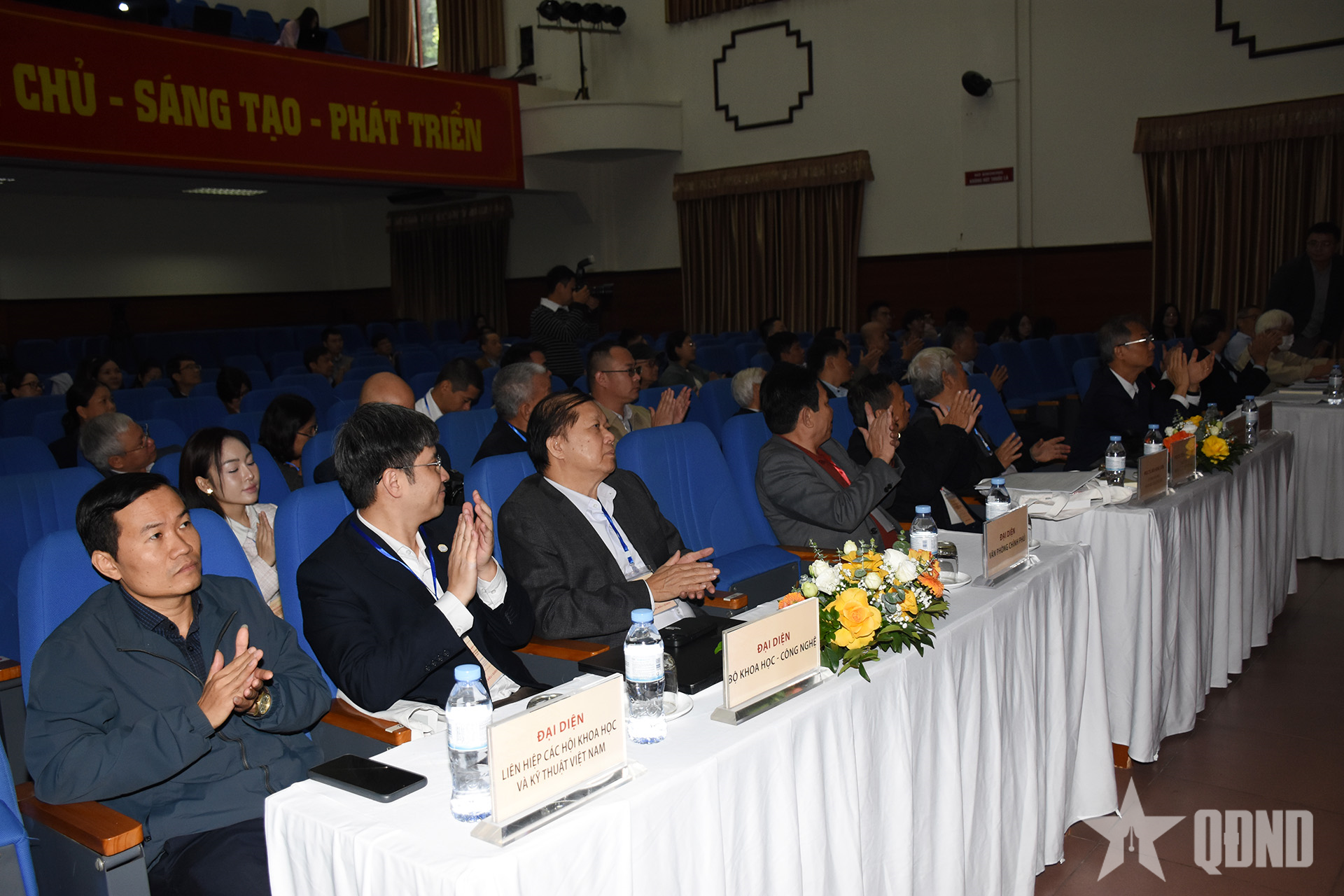 |
| Delegates attending the conference. |
In his opening speech, Associate Professor, Dr. Bui Minh Tri, former Director of the Institute for Imperial Citadel Studies and Head of the research project on the Thang Long Imperial Citadel, emphasized that over the past 15 years, experts from the Institute for Imperial Citadel Studies (now part of the Institute of Archaeology) have achieved many outstanding and important achievements in researching the Thang Long Imperial Citadel.
The most important of these is the successful decoding of the mysteries of palace architecture - the "Soul" of Thang Long Citadel after thousands of years of being lost.
 |
| Associate Professor, Dr. Bui Minh Tri spoke at the conference. |
Underground archaeological discoveries at 18 Hoang Dieu (Hanoi) and the area where the National Assembly House was built, found a complex of 53 traces of architectural foundations, 7 wall foundations, and 6 wells. This discovery authentically proves the existence of the splendid Thang Long Capital under the Ly Dynasty and is considered the most important discovery of Vietnamese archaeology. Thanks to that, Thang Long Imperial Citadel was honored by UNESCO as a World Cultural Heritage in October 2010.
Since then, although archaeology has convincingly demonstrated that the architectural foundations of the Ly Dynasty palaces are wooden structures with elaborate and magnificent tiled roofs that are rarely found anywhere else. However, the overall form of the Ly Dynasty palace architecture remains a mystery. The Ly Dynasty architectural works have been lost, making restoration extremely difficult, with no basis for direct comparison like the architecture of the Forbidden City - Beijing (China), Changdokgung (Seoul - Korea) or Nara (Japan).
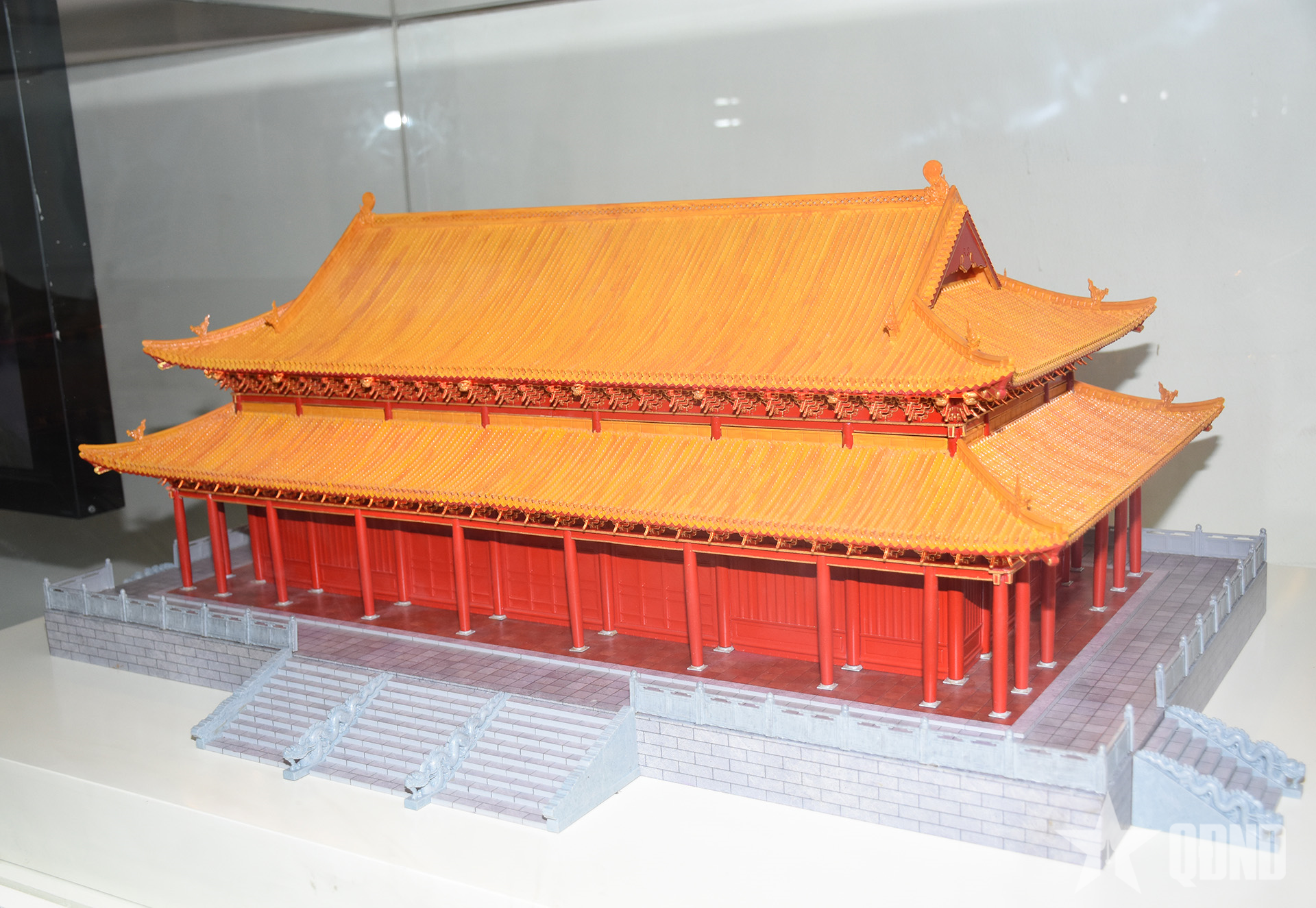 |
| Reconstructed model of Kinh Thien Palace in Thang Long Imperial Citadel relic site. |
For many years of diligent, persistent, and silent research, based on four sources of data: Archaeology, architectural models, epigraphic documents, and comparative research documents with ancient palaces in China, Japan, and Korea, the Institute of Imperial Citadel Studies has gradually deciphered the architectural form of Vietnamese palaces during the Ly Dynasty.
The important discovery and the golden key to successfully deciphering the architectural form of the Ly Dynasty palace is the dou-cuong architecture, an extremely complex roof support and decoration technique, demonstrating the masterly construction level of our ancestors. From here, the Institute of Imperial Citadel Research successfully restored the architectural form of the Ly Dynasty palace using 3D technology in 2014. This is the first time the image of the Ly Dynasty palace architecture after more than a thousand years has been recreated, helping to visualize more clearly and feel more deeply the magnificent beauty of the ancient Thang Long Imperial Palace architecture.
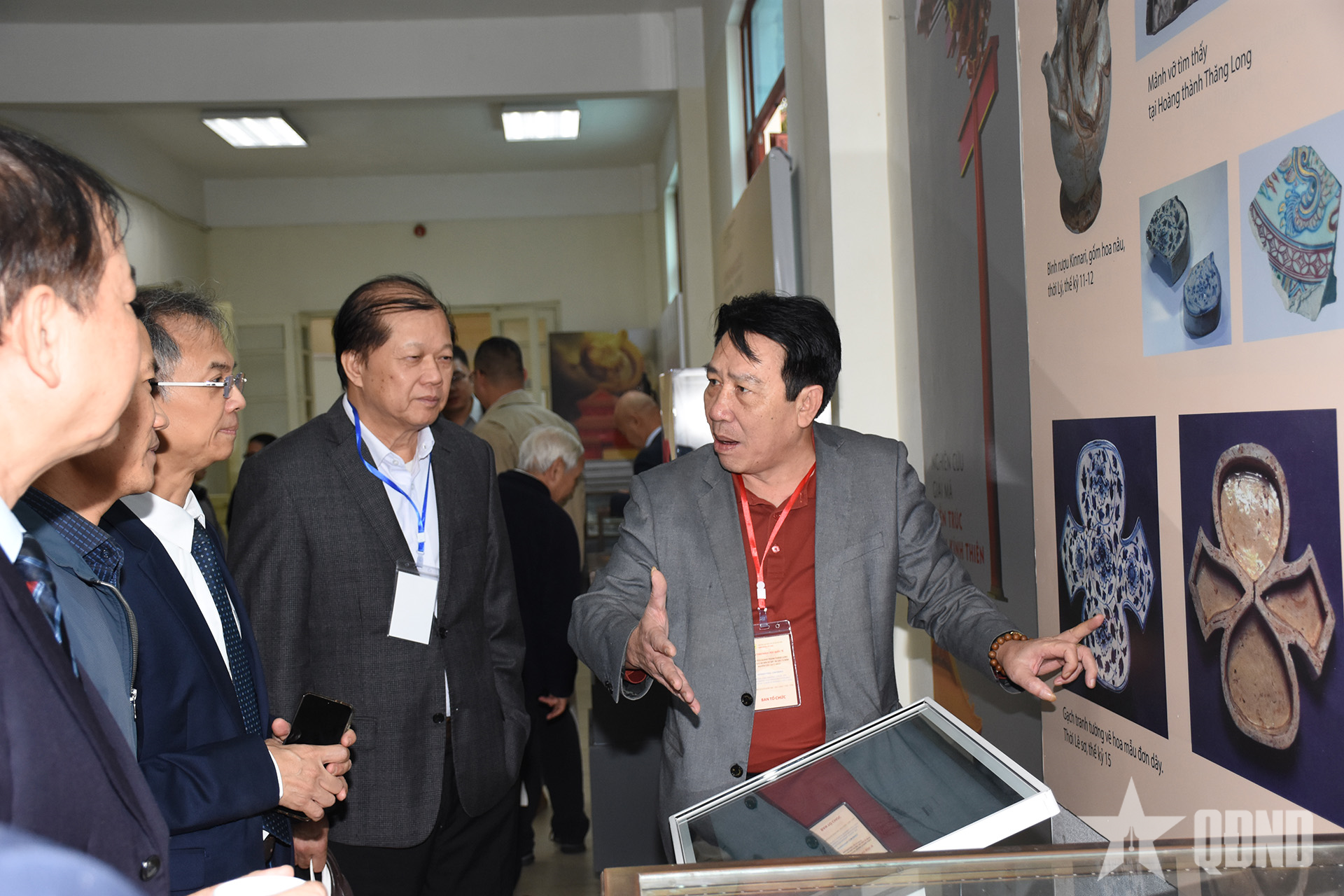 |
| Delegates visited the display of typical discoveries during excavations at the Thang Long Imperial Citadel Relic Site. |
Over the past 15 years, the Institute of Imperial Citadel Studies has enthusiastically researched and achieved many scientific achievements, publishing: 17 books/24 volumes related to Thang Long Imperial Citadel and Vietnam's Ancient Citadel; 112 research articles published in prestigious domestic books and magazines; 15 research articles published in prestigious international books and magazines; 66 articles presented at domestic and international scientific seminars and conferences.
In addition, the Institute has also successfully organized many international scientific seminars and conferences, contributing significantly to academic exchange, expanding international cooperation, and improving the quality of research on the Thang Long Imperial Citadel heritage.
The international scientific conference “Thang Long Imperial Citadel Relic Site - Achievements and Issues after 15 Years of Research (2011-2025)” received 32 presentations from domestic and international researchers. Experts all shared the same opinion that for Thang Long Imperial Citadel to truly become a strategic economic asset for the capital Hanoi and the country, a breakthrough vision and synchronous, multi-sector investment are needed.
Instead of focusing solely on "praising heritage values", Vietnam needs to shift to a more comprehensive and innovative strategy: Breakthrough investment in in-depth research, moving towards restoring/restoring heritage based on reliable and authentic scientific foundations, transforming them into "Living Museums".
 |
| Delegates and guests attending the workshop. |
Scientists believe that it is necessary to focus more strongly on scientific research and technology application, effectively applying existing 3D research results into practical applications, and continue to promote interdisciplinary research projects (archaeology, architecture, history, technology) to gradually recreate in the most scientific and attractive way the architectural forms of palaces and towers through each period.
In particular, in the context of the new era, where technology is a means of conveying historical and cultural messages, investing in research to decode mysteries and recreate the values of a lost civilization such as the palace architecture in Thang Long Imperial Citadel during the Ly Dynasty using technology is extremely important. The results of those researches will gradually be built into a digital data platform, thereby creating a picture of the heritage of Thang Long Imperial Citadel on digital technology platforms in the future.
News and photos: HOAI PHUONG
Source: https://www.qdnd.vn/van-hoa/doi-song/khu-di-tich-hoang-thanh-thang-long-thanh-tuu-va-van-de-dat-ra-sau-15-nam-nghien-cuu-1009396



![[Photo] Ho Chi Minh City Youth Take Action for a Cleaner Environment](https://vphoto.vietnam.vn/thumb/1200x675/vietnam/resource/IMAGE/2025/11/04/1762233574890_550816358-1108586934787014-6430522970717297480-n-1-jpg.webp)
![[Photo] Ca Mau "struggling" to cope with the highest tide of the year, forecast to exceed alert level 3](https://vphoto.vietnam.vn/thumb/1200x675/vietnam/resource/IMAGE/2025/11/04/1762235371445_ndo_br_trieu-cuong-2-6486-jpg.webp)
![[Photo] The road connecting Dong Nai with Ho Chi Minh City is still unfinished after 5 years of construction.](https://vphoto.vietnam.vn/thumb/1200x675/vietnam/resource/IMAGE/2025/11/04/1762241675985_ndo_br_dji-20251104104418-0635-d-resize-1295-jpg.webp)

![[Photo] Panorama of the Patriotic Emulation Congress of Nhan Dan Newspaper for the period 2025-2030](https://vphoto.vietnam.vn/thumb/1200x675/vietnam/resource/IMAGE/2025/11/04/1762252775462_ndo_br_dhthiduayeuncbaond-6125-jpg.webp)
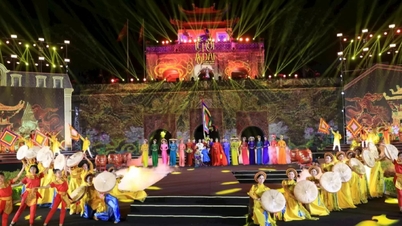

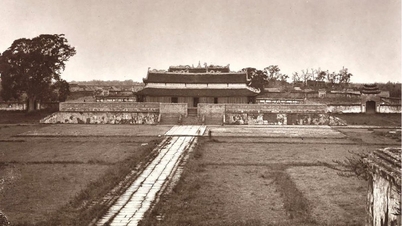



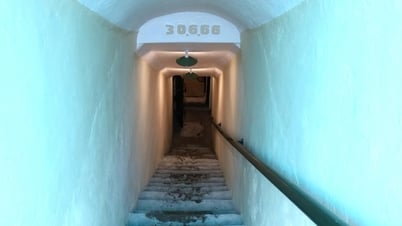

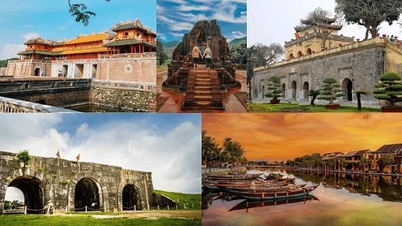

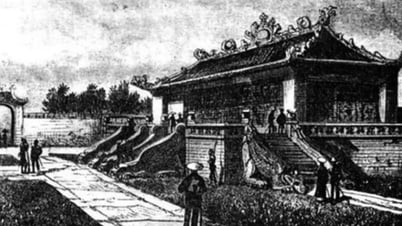



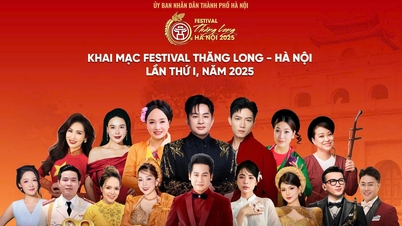


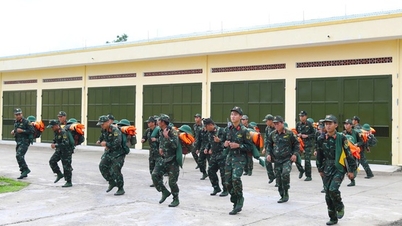
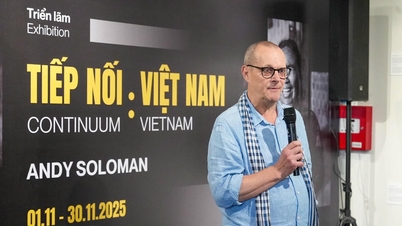





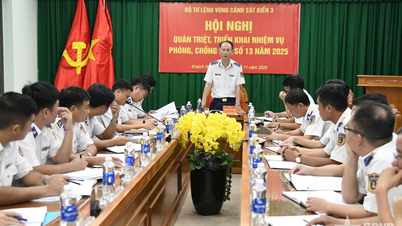
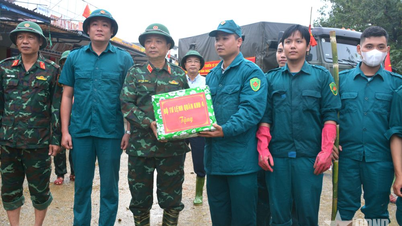

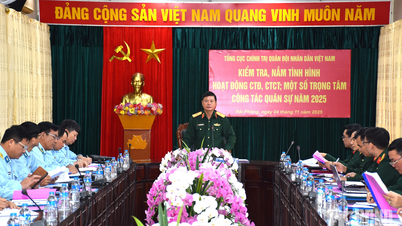





















































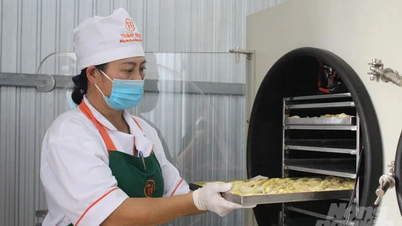
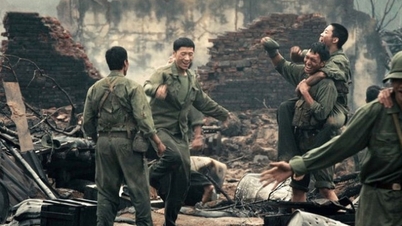
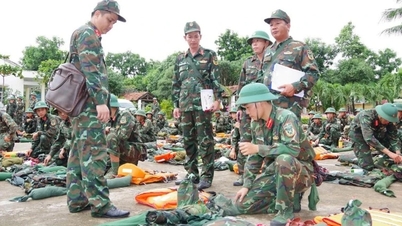












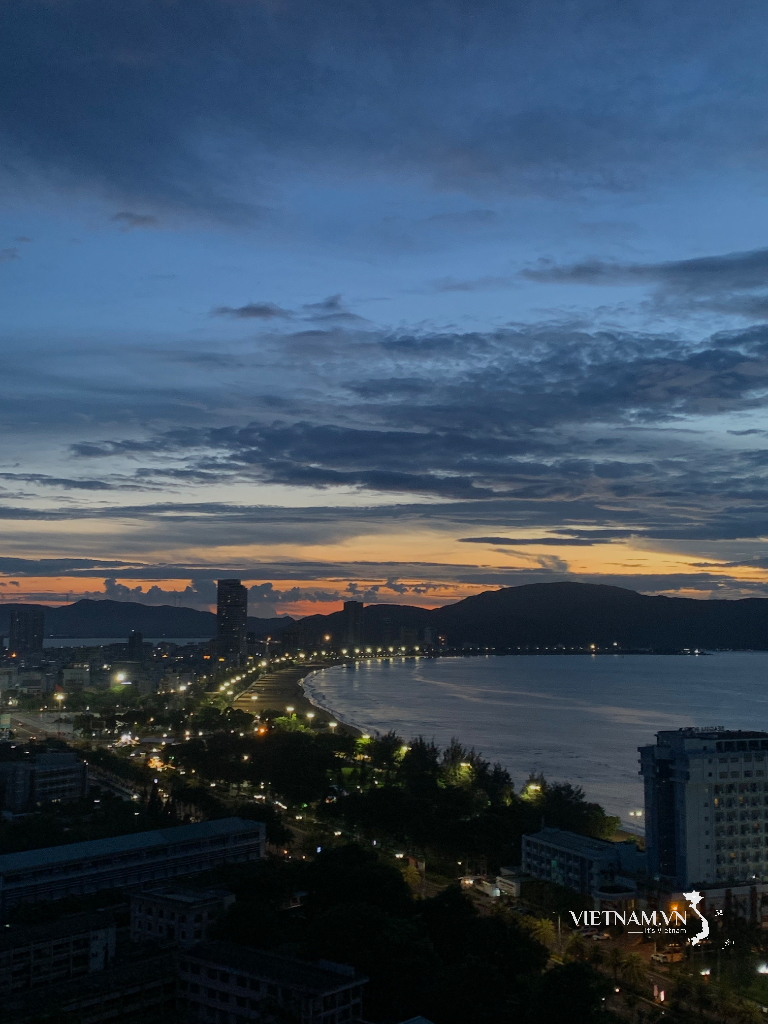
Comment (0)